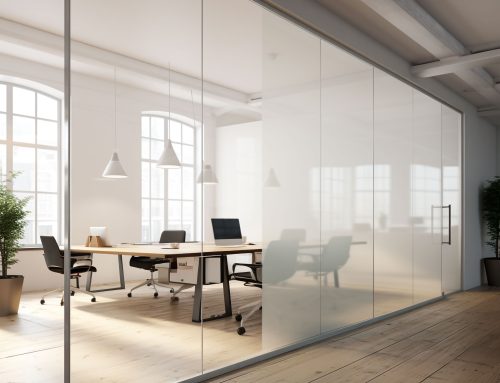Frosted film and sun control film are both commonly used in the functional film market. Although the popularity of sun control film is relatively high, some drivers still wonder if frosted film can be used as an alternative. In the domestic functional film market, sun control film accounts for over 80% of the market share. However, many people still confuse these two types of films. In this article, we will explore the similarities and differences between frosted film and sun control film and shed light on their manufacturing process.
- Difference in Metal Content: The metal content in frosted film, such as cadmium, nickel, titanium, etc., should not exceed 2%. For sun control film, the metal content limit is 5%. This is primarily due to the different usage environments of the two films. In residential buildings, there may be infants, elderly, or pregnant women, and long-term exposure to films with high metal content can harm their health. Therefore, strict adherence to ecological and environmental standards is essential.
- Difference in Lifespan: Frosted film typically uses clear glue, while sun control film uses regular back glue. As a result of these material differences, the lifespan of frosted film can range from 10 to 20 years, whereas sun control film usually lasts 3 to 5 years. Especially when sun control film is applied to building glass exposed to prolonged sunlight, the back glue may deteriorate, causing issues such as fading, peeling, and cracking of the film.
- Difference in Thickness: The thickness of frosted film usually ranges from 2 to 16 millimeters, while sun control film is between 0.8 to 3 millimeters. Thicker films are generally considered safer from a security perspective.
- Difference in Manufacturing Process: Frosted film is commonly produced using vacuum thermal evaporation of aluminum film. This process enhances the film’s solar reflection properties, providing better heat insulation. However, if sun control film adopts the aluminum film manufacturing process, it may result in poor clarity and high reflectivity, posing safety hazards for drivers.
Advantages of Frosted Film:
- Enhances Aesthetics: Adds charm to the appearance of architectural glass walls, making buildings more attractive.
- Aids Interior Design: Used to beautify office partitions and other interior designs.
- Special Marking Services: Offers custom logo or marking services for clients.
- Creates Privacy: Provides privacy protection and creates a free and comfortable private space.
- Rich Colors and Flexibility: Compared to traditional carved pattern glass, frosted film is more visually appealing and clearer, allowing for creative and easy design changes.
Conclusion: In conclusion, frosted film and sun control film differ significantly in material composition, lifespan, thickness, and manufacturing process. When choosing the appropriate film, it’s essential to consider the specific requirements and application scenarios to ensure optimal performance and environmental safety.




Leave A Comment